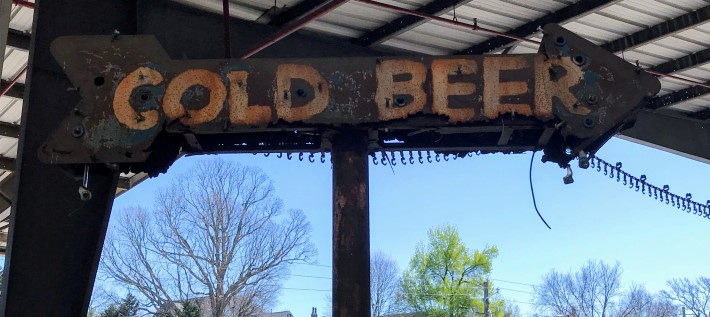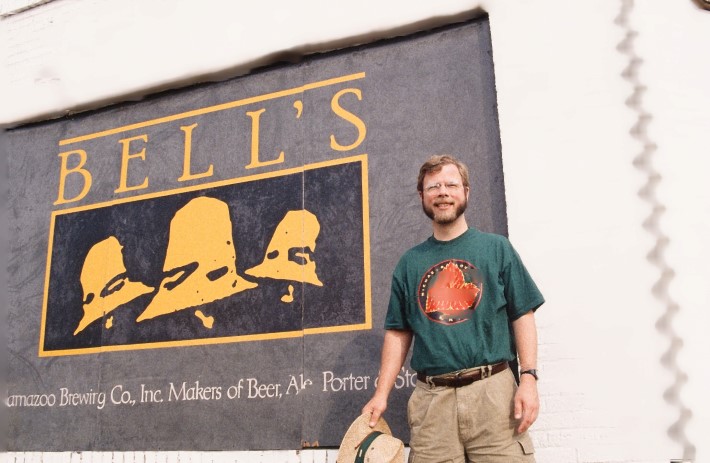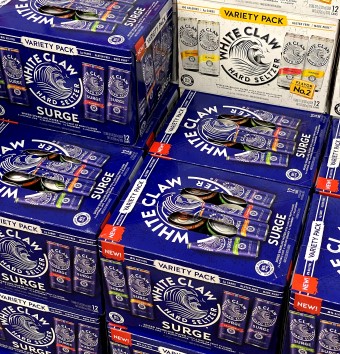
Before the second edition of “The Beer Bible” reached store shelves, showed up on electronic tablets or arrived wherever people are reading books these days, Jeff Alworth wrote that national tradition is beer’s Rosetta Stone. Take the time to read his post before moving on.
His book offers a description of the American, German and other traditions that parallel the excerpt about British tradition. Buy the book to read them, but for now a few sentences from his blog post:
The American tradition, which like so many others was a riff on an older one, involves the use of unique ingredients (American hops) and techniques (all the weird ways Americans use them). The hoppy ales developed here are made unlike any beers before them, and certainly taste like nothing brewed in the last 12,000 years. And, like monumentally successful beers of earlier eras—London porter, pilsner, Bavarian lager—they are now traveling around the world and getting reinterpreted in other countries where local brewers will twist and distort them as their own cultures intervene.
It is true that many brewers in the United States and elsewhere are doing this. But it is true that even more are doing something else, and not just beers based on their own longtime national tradition. They are making beers like ones that originated in the United States almost 150 years ago and became globally dominant. Before getting to that . . .

 I still do not understand, but
I still do not understand, but